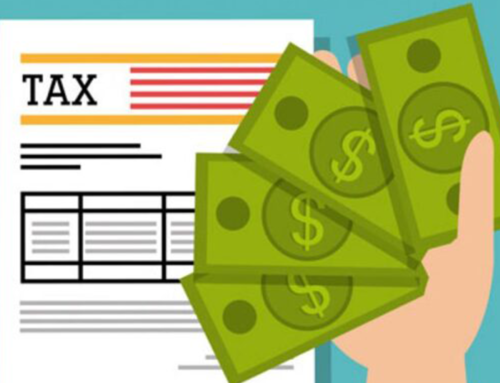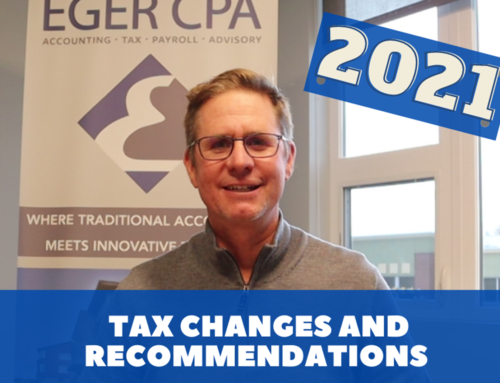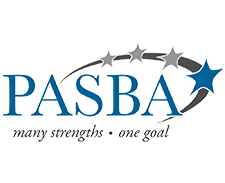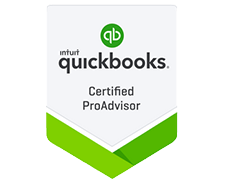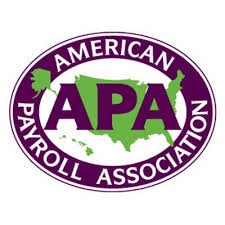Small Business Retirement Plans
Get Big Boost from Congress
Starting a new plan is now more affordable than ever
Offering a retirement plan can be a powerful tool when you’re competing to attract the best employees. And now, thanks to the recently passed SECURE Act 2.0, setting up and running a new retirement plan is more affordable than ever using the following tax credits:
Tax Credit for Startup Costs. A tax credit equal to 100 percent of the administrative costs for establishing a workplace retirement plan is available for up to three years for eligible businesses with 50 or fewer employees. Businesses with 51 to 100 employees will still adhere to the original tax break rules, which caps the credit at 50% of administrative costs and with an annual cap of $5,000.
Taking advantage: This credit could cover all set-up and administrative costs during the first three years of a plan’s existence, as average 401(k) set-up costs range from $1,000 to $2,000, while average annual administrative costs range from $1,000 to $3,000. To keep your annual administrative costs are low as possible, it may be worth shopping around for different plan providers as the fees can vary.
Tax credit for employer contributions. Eligible businesses with up to 100 employees may qualify for a tax credit based on its employee matching or profit-sharing contributions. This credit, which caps at $1,000 per employee, phases down gradually over five (5) years and is subject to further reductions for employers with 51 to 100 employees.Taking advantage: Once this tax credit has expired after the plan’s first five years of existence, employer contributions to 401(k), SEP and SIMPLE plans are still tax deductible up to certain limits. This means that both the employer and employee can both continue to reap tax savings for the entire life of the retirement plan.
And remember that employees can still contribute to their own individual IRA. So let your employees know that in addition to having either a 401(k), SEP or SIMPLE account through your company, they may also qualify to contribute to their own traditional IRA or Roth IRA.
It’s never been easier or more affordable to start a retirement plan for your business. Please call if you have questions about your current retirement plan or starting a new plan.
Leasing Commercial Property: What You Need to Know
Decisions about location and leasing commercial space can be significant factors in determining a business’s long-term profitability. That’s because the cost of leasing space is often one of the biggest numbers on the profit-and-loss statement. Consider the following as you look for a space that fits your bottom line:
Give yourself time. At least six months before you plan to move in, begin the selection process. Scout out locations and narrow your choices. Waiting until you’re desperate for space may leave you with fewer options. Starting early may also provide opportunities to observe walk-by or drive-by traffic, the location’s visibility, and the habits of neighboring tenants. It may also provide more time to develop a better understanding of the level of lease payments your business can afford to pay.
Compare properties. In addition to identifying a property that’s located near your client base, comparison shopping can give you a better understanding of the value of the property you’re considering, as well as provide negotiating leverage. Develop a matrix of the must-have elements of your location. Then place each location you are considering into the matrix. It will give you a nice comparative visual to help make the right decision.
Negotiate terms! Use your location comparison matrix to begin negotiations with the landlord. Ideas include getting free rent while you build out your space, a longer term lease with no or low escalation of rent, and getting the landlord to cover more of the maintenance costs.
Read the lease — then read it again. Once you’ve found your space and have the framework for a deal, you will receive your lease. Review the lease. Pay special attention to the length (term) of the lease, renewal options and scheduled rent increases. Scrutinize clauses describing your responsibility for utilities, maintenance and upkeep of common areas and systems. Make sure the lease agreement matches your understanding of the negotiated terms. The agreement must spell out your options for subleasing and delineate default provisions. Termination options, security deposits, allowances for leasehold improvements — all should be specified in the contract.
Work with professionals. It makes sense to hire a real estate attorney and other professionals to help find the right space and review the lease terms before signing. An experienced broker may also provide assistance when negotiating lease terms. Careful evaluation and bargaining at the front end may save dollars and avert headaches later on.
If you have questions about how leasing a commercial space will affect your business tax plan, contact us today.

 Offering a retirement plan can be a powerful tool when you’re competing to attract the best employees. And now, thanks to the recently passed SECURE Act 2.0, setting up and running a new retirement plan is more affordable than ever using the following tax credits:
Offering a retirement plan can be a powerful tool when you’re competing to attract the best employees. And now, thanks to the recently passed SECURE Act 2.0, setting up and running a new retirement plan is more affordable than ever using the following tax credits: Decisions about location and leasing commercial space can be significant factors in determining a business’s long-term profitability. That’s because the cost of leasing space is often one of the biggest numbers on the profit-and-loss statement. Consider the following as you look for a space that fits your bottom line:
Decisions about location and leasing commercial space can be significant factors in determining a business’s long-term profitability. That’s because the cost of leasing space is often one of the biggest numbers on the profit-and-loss statement. Consider the following as you look for a space that fits your bottom line:
